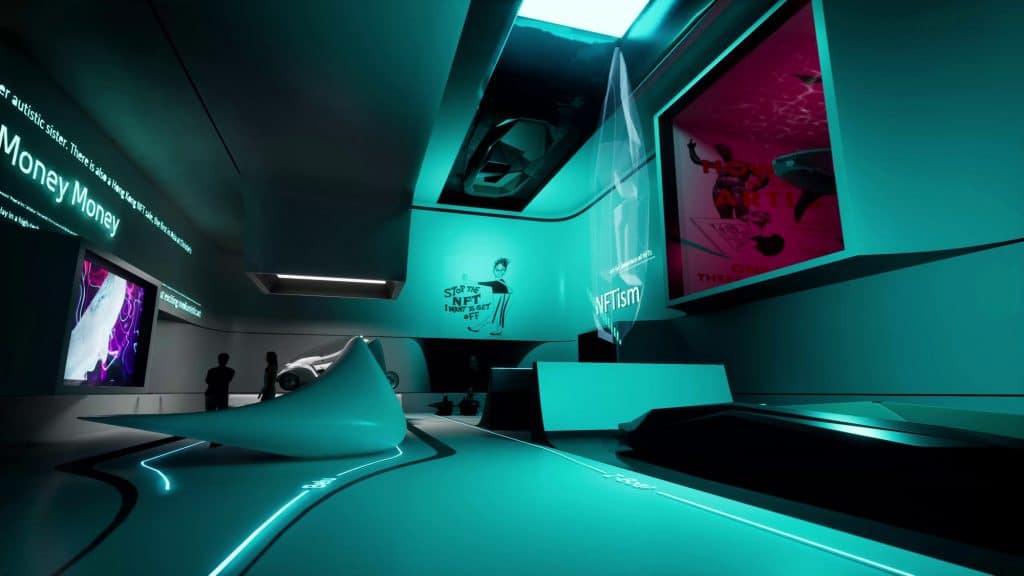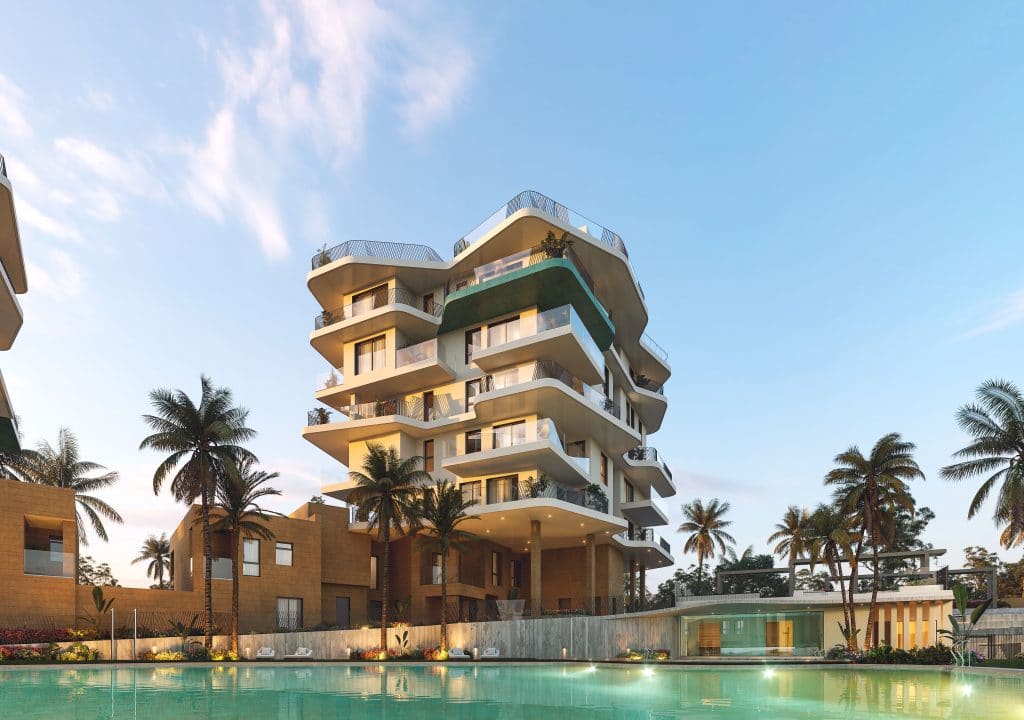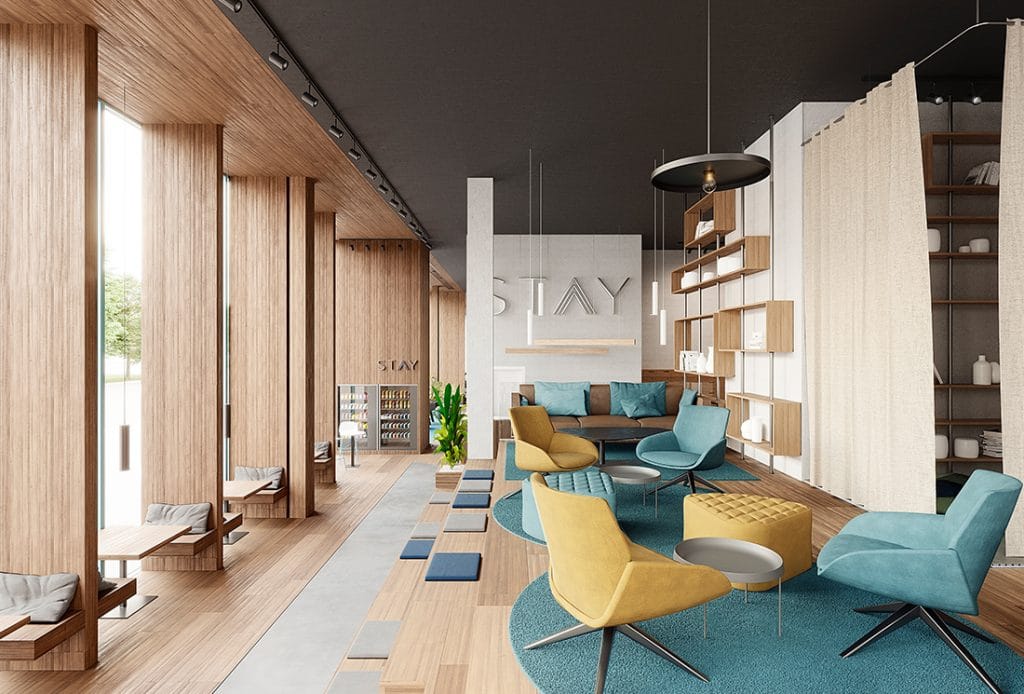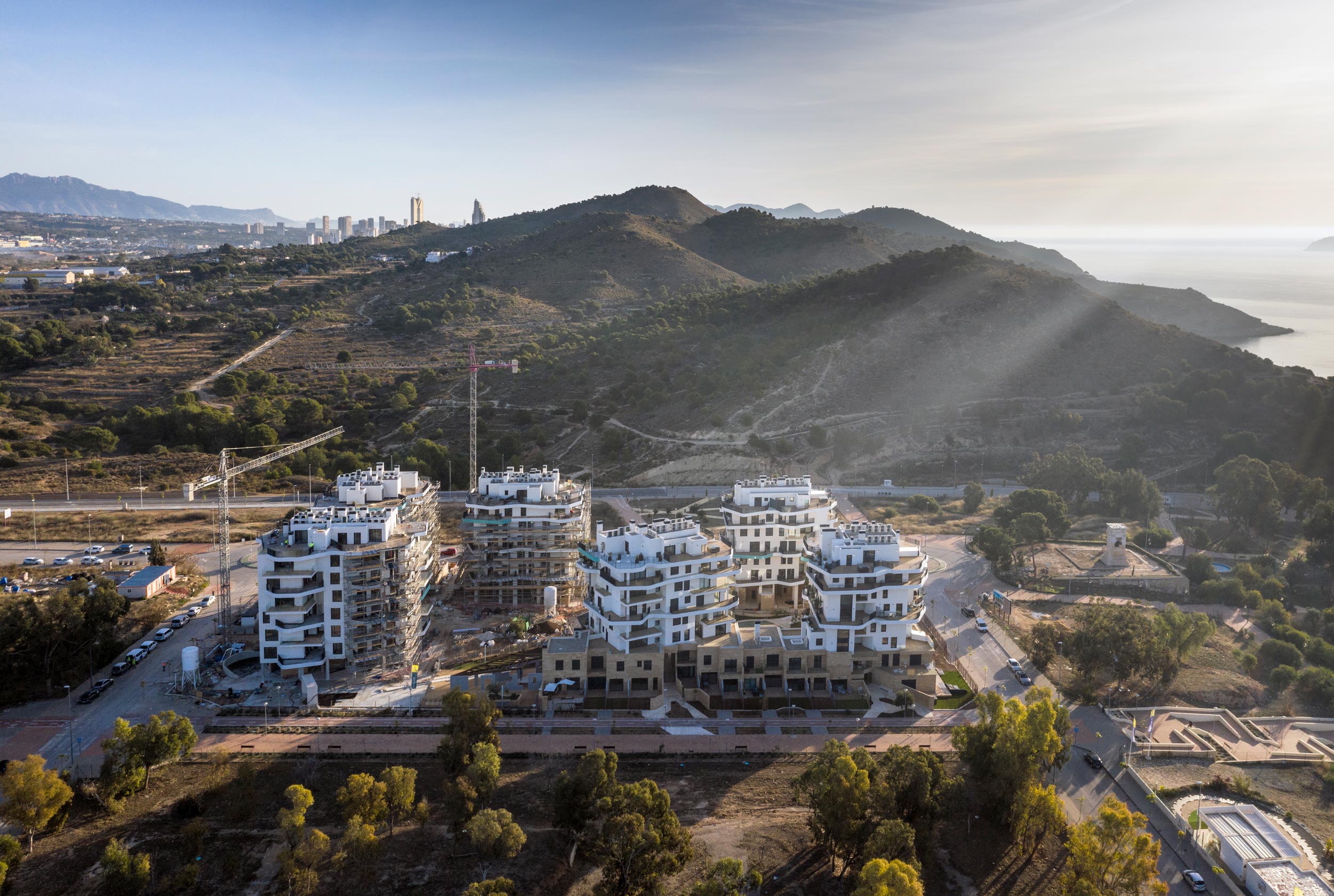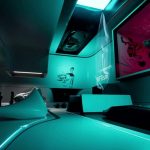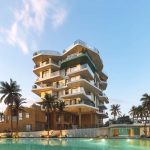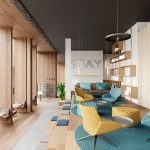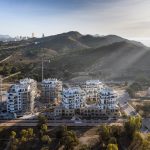The history of architecture, understood as the art of design and construction, has since ancient times been linked to the physical plane of reality. To paraphrase the Pritzker Prize winner Rem Koolhaas, if we represented architecture as a human figure, we would obtain a divided body in which one of its parts would encompass a primitive world from more than three thousand years ago and the other a world from this century. And at this intermediate point, between the past and the future, between memory and projection, is where architecture is located. But what would happen if we turned our gaze to a future in which we, the architects, designed outside the physical plane?
We’ve been talking about the digitisation of our industry for a long time. Current technology allows us to shape our projects before they are built, studying every detail and showing our clients what their future buildings will look like. But now, a new path is opening up that places the architect before a new paradigm as creators of digital content, where virtual and augmented reality give rise to an extended reality that is represented through pseudo-worlds in which users ‘live’ and interact with others. Welcome to the metaverse.

